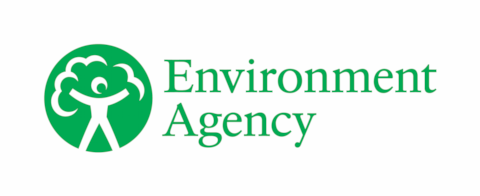Thames water situation: January 2025 summary
Published 12 February 2025
Applies to England
1. Summary
Thames area received 104mm of rainfall in January, 153% of the long term average (LTA). River flows increased at around three-quarters of our key indicator sites. Bourne End Hedsor. Sheepbridge, and Tilford all had exceptionally high flow for the time of year. Five sites recorded in the top 6 highest recorded January flows for their respective periods of record, including Bourne End Hedsor which recorded its second highest January flows since records began in 1965. Groundwater levels increased at all our key indicator sites. Stonor Estate in the Chalk recorded it’s third highest level on record. Reservoir stocks rose in the Lower Thames reservoirs and ended the month above average, while stocks in Farmoor reservoir decreased and is now below average, for the time of year. There were 90 fluvial flood alerts, 4 groundwater flood alerts, and 8 flood warnings issued during January.
2. Rainfall
Thames area received 104mm of rainfall in January, 153% of LTA. There was a north-south split, with all of the southern half of Thames area receiving notably high rainfall, while the northern half had above normal for the time of year. Just over two-thirds of the month’s rain fell over 4 days, (4, 5, 23, 26 January), with 26 January receiving 23mm on average, accounting for 22% of the January’s rain. Shalbourne rain gauge (Berkshire Downs) received the month’s highest daily total of 34.2mm on 26 January.
3. Soil moisture deficit and recharge
With the increase in rainfall, soil moisture deficits (SMD) reduced to 0mm across Thames area, which was below the 4mm usually calculated in January. Effective rainfall for the month was 171% of LTA, and over the winter period so far (October to January), 191% of LTA effective rainfall occurred.
4. River flows
Monthly mean flows increased at just under three-quarters (11) of our key indicators sites compared to last month. Just over half of our indicator sites were above normal or higher, with 3 being exceptionally high:
- Bourne End Hedsor (Wye)
- Sheepbridge (Loddon)
- Tilford (Wey)
A number of January flows have been notable:
- Bourne End Hedsor recorded is second highest January flows since records began in 1965
- Sheepbridge and Tilford recorded their fourth highest flow since 1966 and 1955 respectively
- Swallowfield (Blackwater) recorded its fifth highest flow since 1953
- Banbury (Cherwell) recorded its sixth highest flow since 1967
5. Groundwater levels
Groundwater levels increased at all of our key indicator sites, the expected steady rise continued during the month. All of the indicator sites are above normal or higher, with 2, Stonor Estate in the Chalk (third highest level on record), and The Flashes in the Lower Greensands being exceptionally high. Jackaments Bottom in the Great Oolites remained normal for the time of year.
6. Reservoir stocks
Reservoir stocks rose in the Lower Thames reservoirs and ended the month at 96.3%, compared to 95% at the end of December. Stocks in Farmoor reservoir decreased from 97% to 91.5% during January. The Lower Thames reservoirs are above average, while Farmoor is below average, for the time of year.
7. Environmental impact
During January there were 90 fluvial flood alerts, 4 groundwater flood alerts, and 8 flood warnings issued in Thames Area. At the end of the month no abstraction licences were being constrained in the area to protect water resources and the environment.
Author: Thames Area Groundwater Resources and Hydrology, enquiriesWT@environment-agency.gov.uk
Contact Details: 030708 506 506
All data are provisional and may be subject to revision. The views expressed in this document are not necessarily those of the Environment Agency. Its officers, servants or agents accept no liability for any loss or damage arising from the interpretation or use of the information, or reliance upon views contained in this report.

